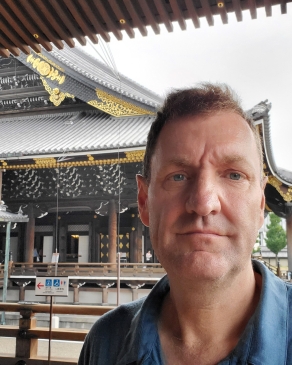While customised for New Zealand, many of these ideas could be equally applied to other nations, states, provinces and cities around the world.
- Access "Funding for Tomorrow", a summary of 10 international best practices in tourism taxation and funding from two major studies across both North America and Europe.
- Read the two-part blog on "Reimagining New Zealand Tourism: Eight Essential Ways to Build Back Better”
Like many parts of the world, Aotearoa (New Zealand) is looking to a better future for its tourism industry post pandemic. To build back better, to renew a tourism industry which is more sustainable, better managed and offers deeper and broader based benefits to the country. A foundation of this renewal, however, will be adequate funding from tourism, specifically the right mix of visitor taxation, levies and other funding sources.
There are clear best practices from across the globe to learn from. In 2020, Miles Partnership helped facilitate (with other agency and industry partners) two of the largest ever studies into tourism taxation and funding options and opportunities. This exhaustive review of visitor taxation and fees across thousands of destinations provides a great starting point to develop taxation and funding that is "future-focused," in short; "Funding for Tomorrow".
As a starting point to the debate in New Zealand (and many other destinations around the world), here are eight initial recommendations for action on sustainable, resilient and regenerative tourism taxation and funding:
1. Tourism Improvement District – A "Future-Focused" Funding Model. The Tourism Improvement District (TID) model emerged from our research as the best option for managing tourism taxation and funding models in a focused, well-governed and transparent structure. Bed taxes, one of the oldest and most common visitor funding models in the world has also been proposed in New Zealand, for example in Queenstown. However, bed taxes are a blunt funding mechanism - dated and fraught with challenges. Chief amongst them is a lack of a dedicated funding structure which allows the vast majority of bed taxes in many destinations to be siphoned off to non-tourism-related spending by governments. This is essentially "taxation without representation" and is a global challenge with tourism taxation of all types. New Zealand should develop a TID model adapted to its needs that reflects the global best practices we identified including dedicated funding, the ability to target a broader range of visitor related businesses (vs. just commercial accommodation) with an independent governance structure that reflects the range of critical tourism stakeholders – local government, industry, residents, Iwi etc.
- References: See more on Tourism Improvement Districts in the "Funding Futures" report - "Evolution of Dedicated Funding" on page 80.
- Civitas, one of our partner agencies in the funding research has additional research and case studies on TIDs and has organized a first ever "Tourism Improvement District Conference" for DMOs, Governments etc.
2. National Legislative Framework/Best Practices: Regardless of the funding model(s) adopted, a consistent and best practice approach to their implementation and management is helpful across nations or states and provinces. We advocate that New Zealand should develop a national legislative framework for the implementation of taxation and funding by Local Government Authorities. This could apply to how Tourism Improvement Districts are established and how specific sectors, i.e. Short Term Rentals (STRs), are managed and taxed (TIDs can and should include holiday and vacation rentals). While allowing some customisation for local issues, this umbrella enabling legislation should provide clear guidelines for when tourism taxation and fees can be activated, how funds can be used, appropriate governance structures and mechanisms for ensuring transparency on the funds raised and where money is spent for the benefit of visitors, residents and businesses.









